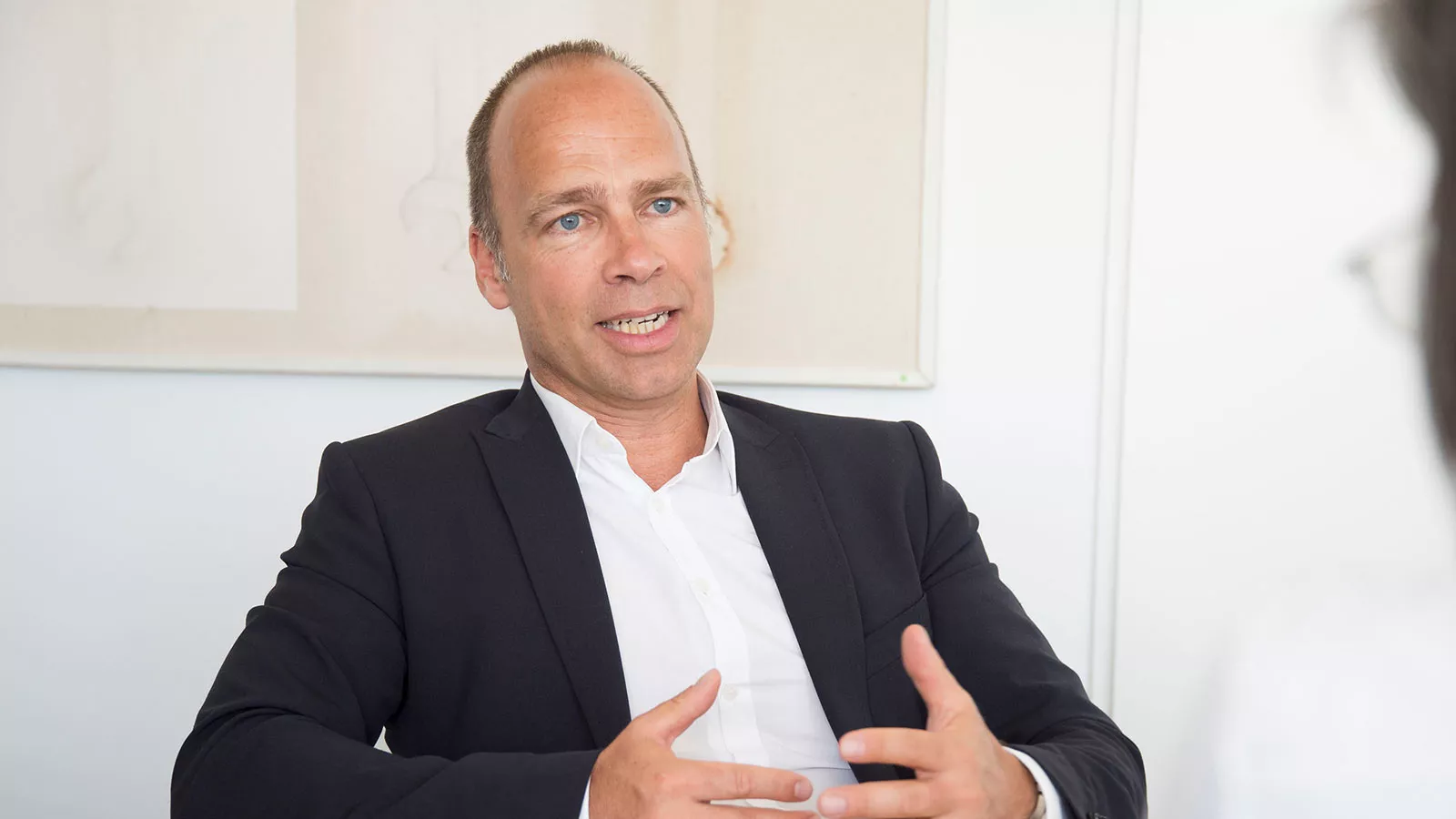People are still in demand wherever flexibility is requiredProf. Thomas Bauernhansl speaks about the current state of the automotive industry in the digital revolution
You are heavily involved with manufacturing engineering and automation – what does the much-discussed term “Industry 4.0” mean to you?
Today, we mostly tend to talk about the “digital revolution,” to emphasize that this is a process that we are going through. Entirely new possibilities are now open to us in terms of networking and communication, primarily thanks to the Internet. We are seeing the emergence of cyber-physical systems with both a physical and a virtual element which merge together in real time. I think the smartphone is a great example of this: without an app store, without cloud platforms in the background and without connectivity, it would be useless. On the other hand, the smartphone would also be of no value without sensor technology, or a user interface with voice-control and touchscreen. But when you combine the two, an entirely new system is created, which also enables new business models. If we transfer this logic to industry, you get a rough idea of the impact that Industry 4.0 could have.
What is the general picture in terms of implementing Industry 4.0 within businesses?
At the start of the 2010s, most companies were skeptical as to whether Industry 4.0 was even relevant to them. Then many of them began developing applications for trade fairs, which were predominantly marketing-oriented. Now we are seeing more and more companies thinking in terms of benefit and asking what they could gain from this area: Where can I reduce my costs? Where can I increase my speed? So, companies are increasingly building the potential offered by digitization into their own corporate strategy.
Where would you rank the automotive industry here?
The automotive industry had so much success with the old business models that it was initially very slow to react to the new possibilities offered by technology. In the past two years, however, the manufacturers and also the big suppliers have started to move in the direction of finally entering the digital world. Groups are investing billions in new services. We will definitely be seeing some huge changes over the next five years.
What changes in automobile production are you expecting in the next few years?
In production, there are currently two opposing trends colliding. On the one hand, there are mobility services in urban areas with electric and, in the future, also driverless cars. In my opinion, the hardware used here will soon be standardized for financial reasons. If you are collected by a driverless taxi, presumably you won't really care what color it is. As a passenger, you want it to be comfortable and perhaps will also want to be able to work in it. So, the interior fittings and services provided will play an important role. However, in all likelihood, physical design is moving in the direction of standardized vehicles. On the other hand, we are also seeing a strong trend toward customization. After all, if it’s your car, you want it to suit you as a person. These two opposing trends will likely lead to extremely different factory layouts.
Will these factories largely function without people as the media are reporting?
Anywhere where flexibility is required – such as in factories for highly personalized products – robots and automation come up against their limits. People will continue to play an important role in this area. This is important because, for one, it is not possible to fully predict the capacity and skill requirements in a factory. Furthermore, you have to be extremely flexible in responding to new variants and variable quantities. Robots will not be able to cope with this alone.
Conversely, everything that can be implemented cheaply and in standardized form will be handled by machines. Actively designing the systems, however, is a task that will still need to be carried out by people. For this reason, I don’t anticipate there being any uninhabited factories with only robots working there in the next ten years. But the tasks carried out by people within the factory will change dramatically. People will primarily fulfill the role of orchestrator, system designer and optimizer. They will need to use their creativity, but also their ability to adapt to new situations with flexibility and to learn quickly. These are things that people do very well – better than machines.
Prof. Thomas Bauernhansl
has been Executive Director of the Fraunhofer Institute for Manufacturing Engineering and Automation and Head of the Institute of Industrial Manufacturing and Management at the University of Stuttgart since September 2011.
The Industry 4.0 expert is a member of the “Plattform Industrie 4.0” strategy group set up by the German Federal Government. Bauernhansl has written and published numerous books on topics, including adaptability in manufacturing, management in manufacturing and Industry 4.0.

